Back to Courses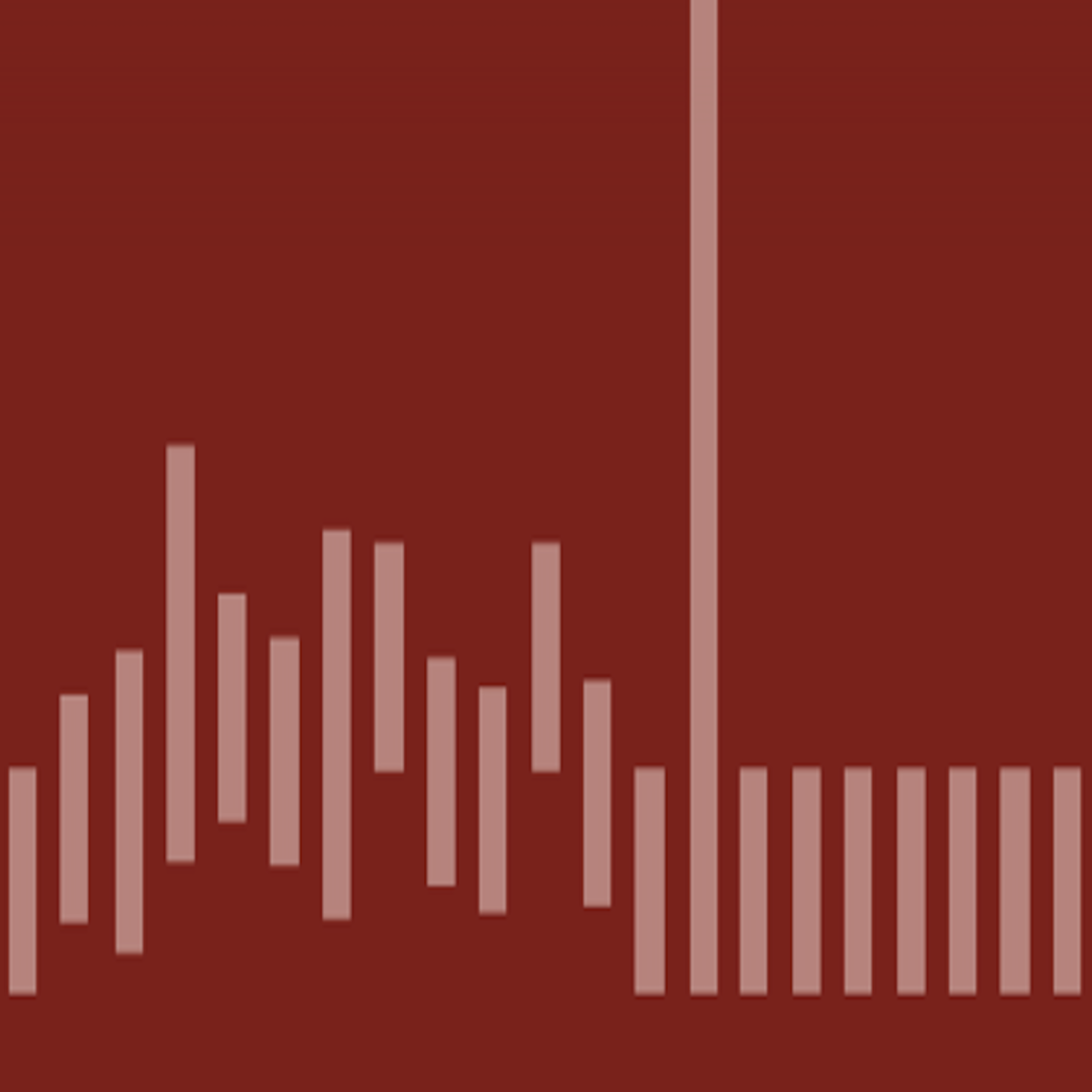
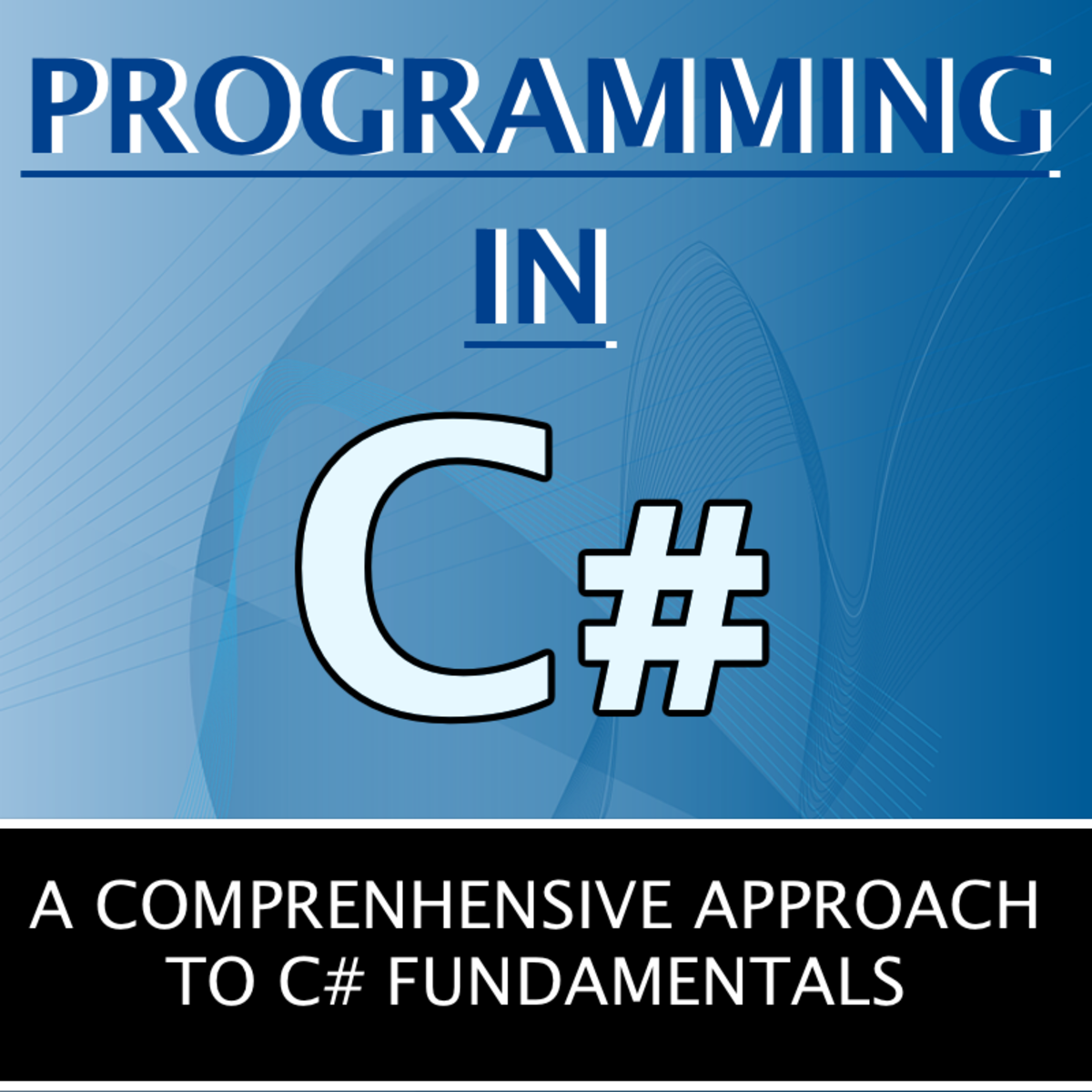
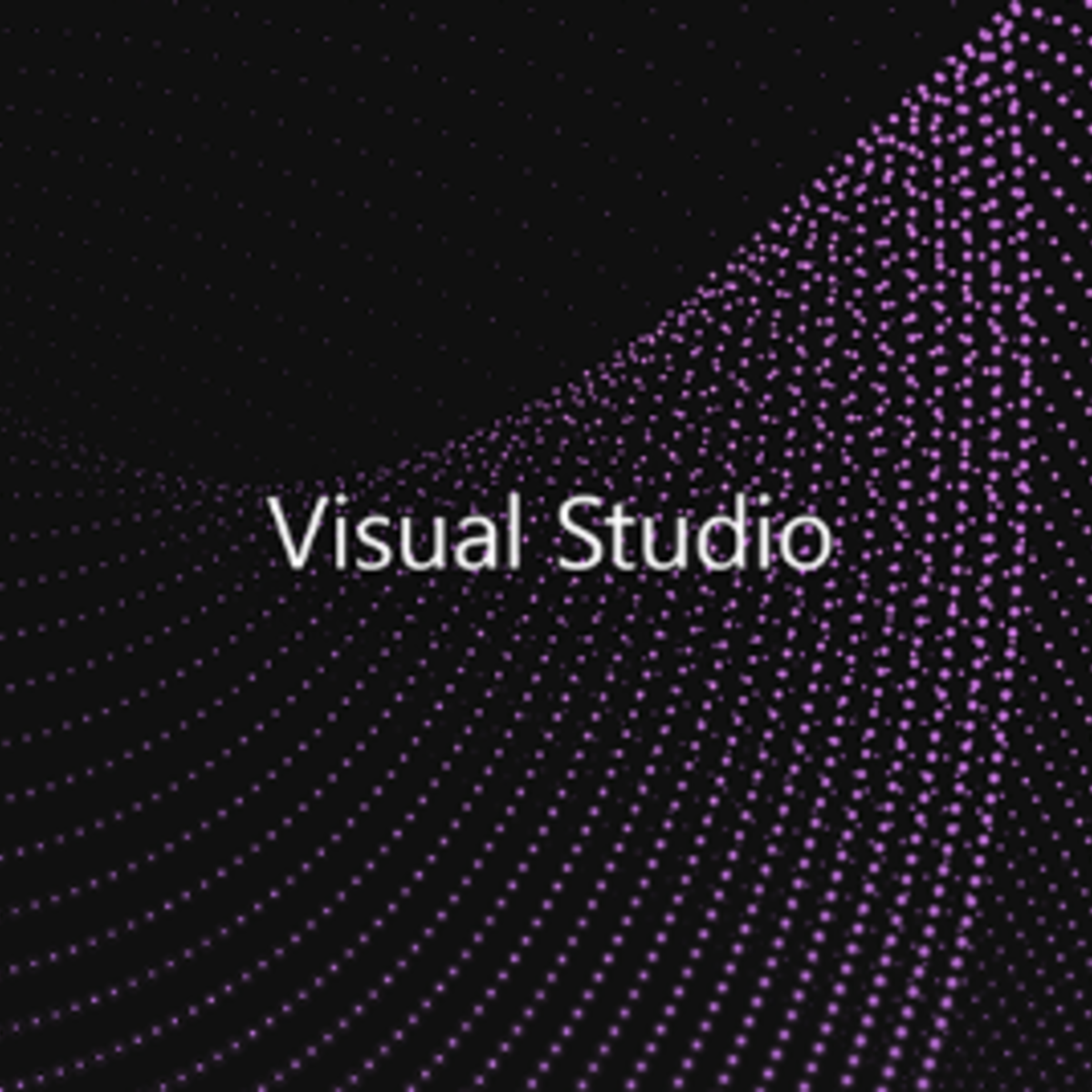
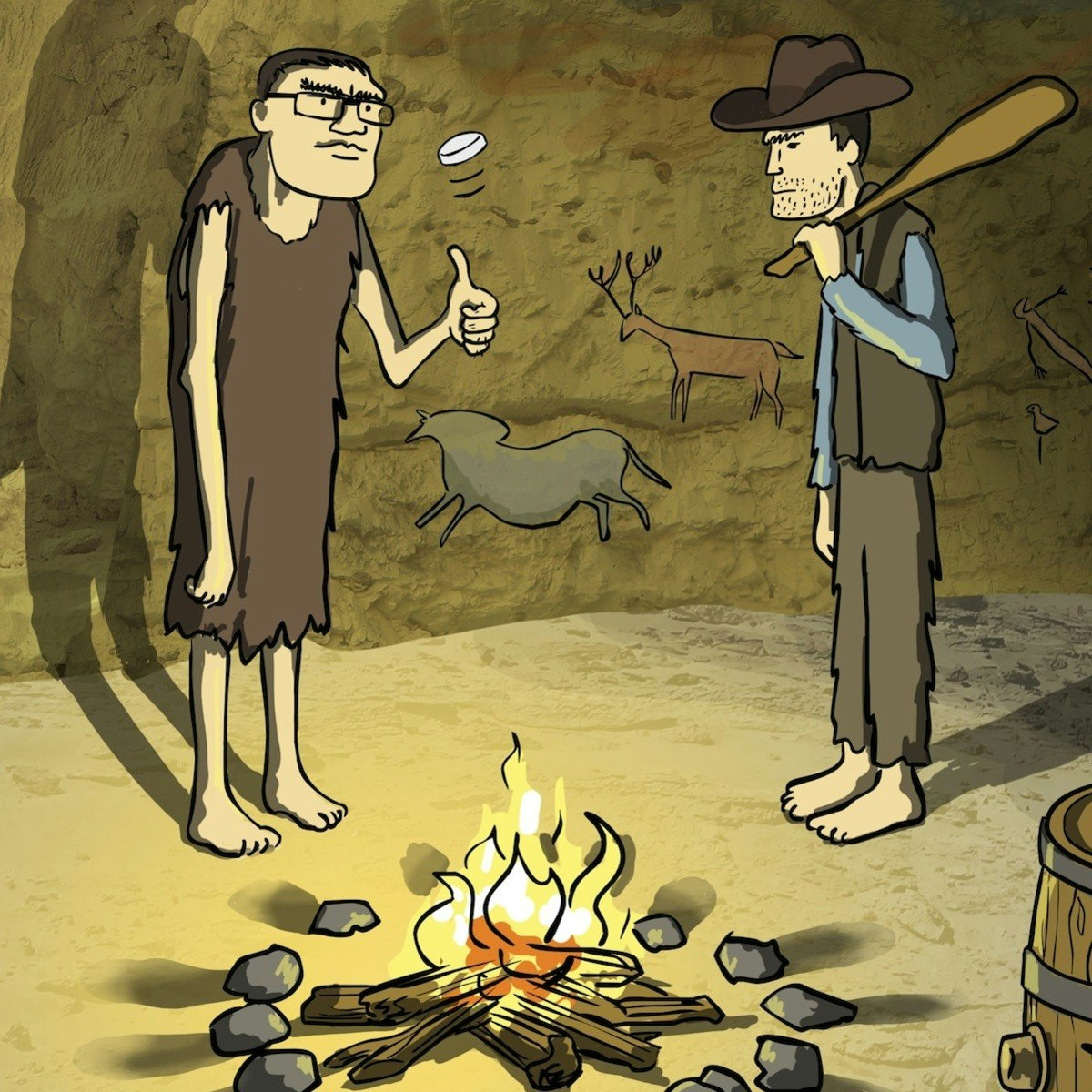


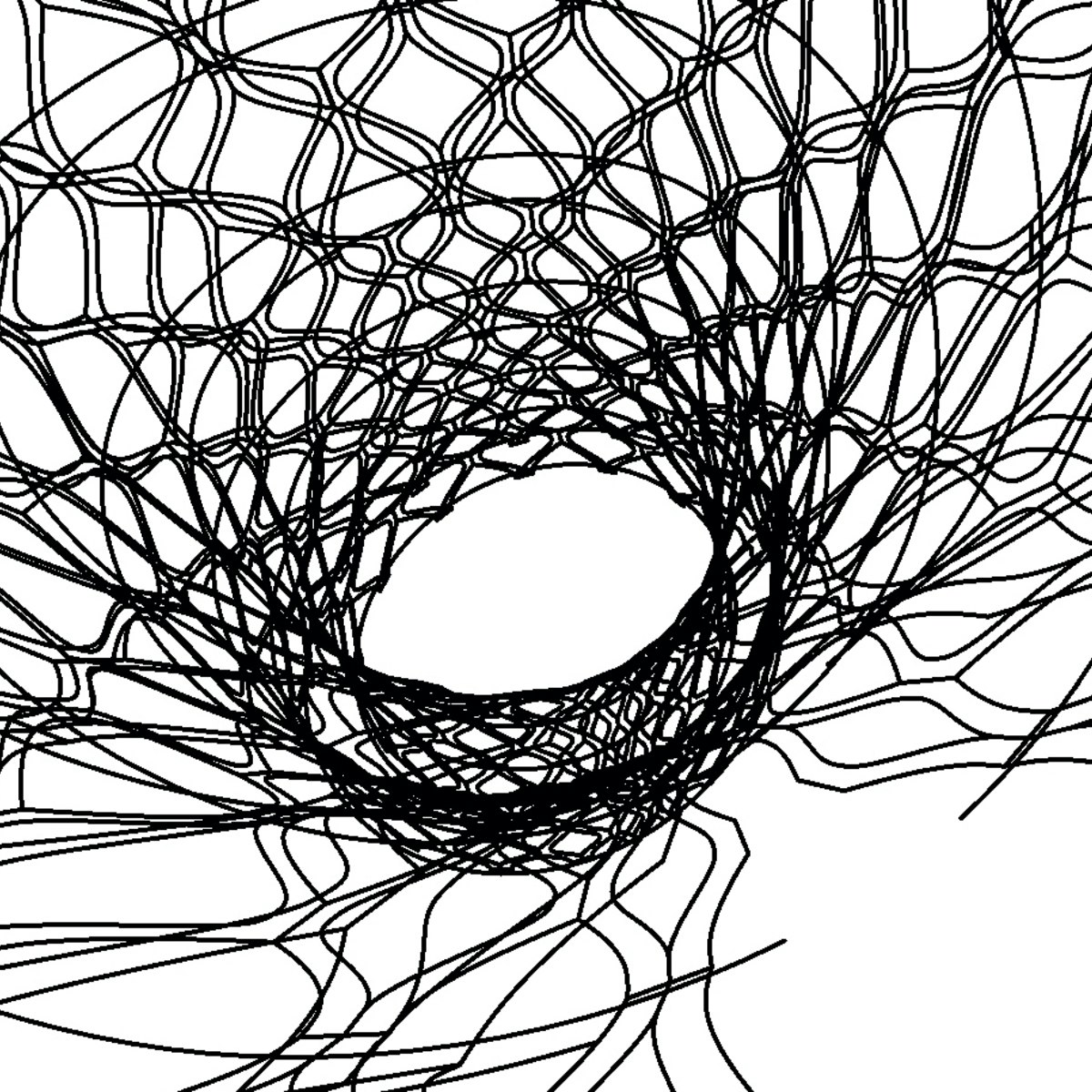
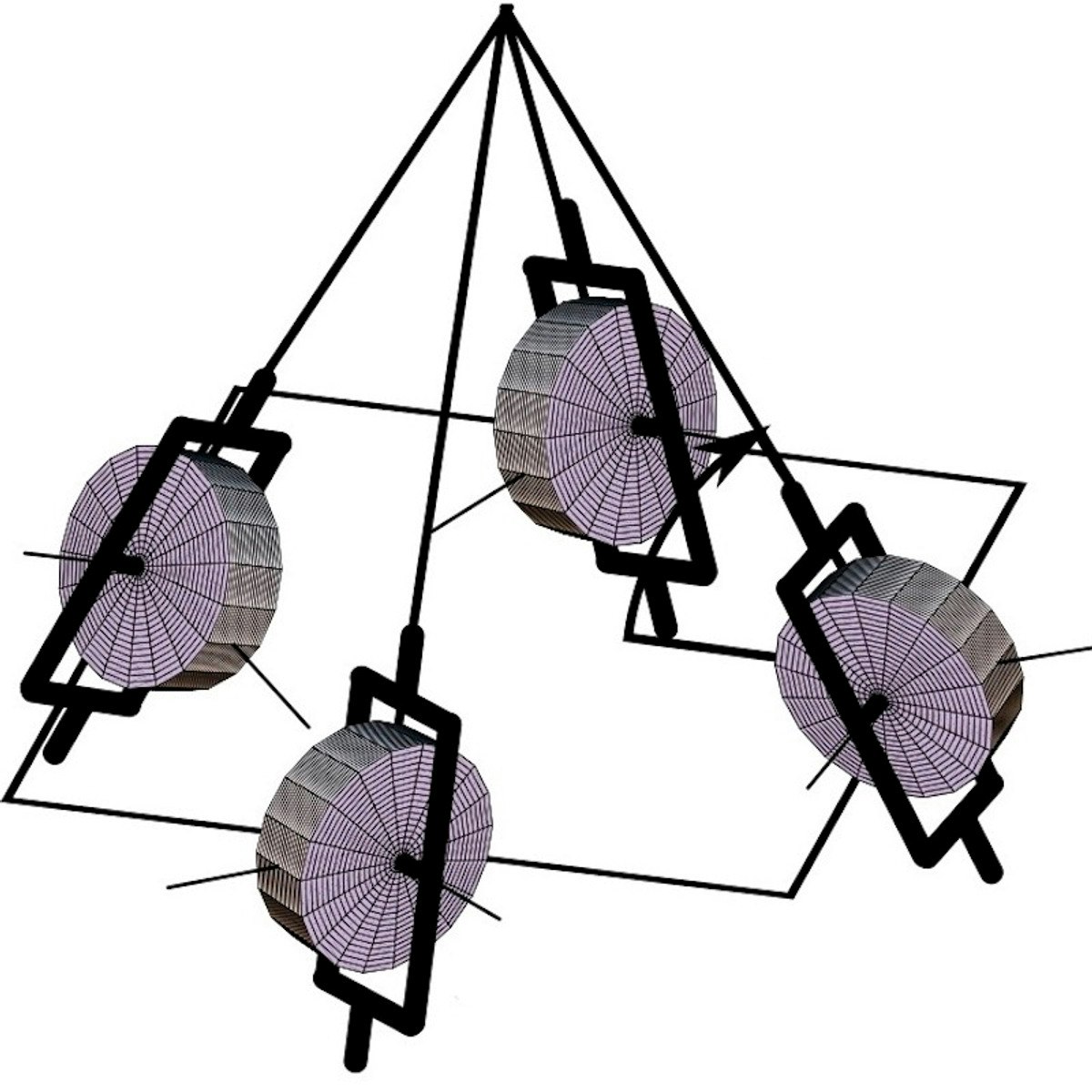


Computer Science Courses - Page 167
Showing results 1661-1670 of 2309

Algorithms, Part I
This course covers the essential information that every serious programmer needs to know about algorithms and data structures, with emphasis on applications and scientific performance analysis of Java implementations. Part I covers elementary data structures, sorting, and searching algorithms. Part II focuses on graph- and string-processing algorithms.
All the features of this course are available for free. It does not offer a certificate upon completion.

Programming in C#: A comprehensive approach to C# Fundamentals
In this 1-hour long project-based course, you will learn how to start in your computer programming path using one of the most relevant programming languages: C#. You will get a good understanding on the basics of how Visual Studio 2019 compiles console-based programs. Finally, this class will pave the way to expanding intermediate C# concepts by creating a good foundation for you in very important concepts such as C# data types, decision making, looping and C# methods.
Note: This course works best for learners who are based in the North America region. We’re currently working on providing the same experience in other regions.

Building a Calculator using C# in Visual Studio
In this 1-hour long project-based course, we will introduce fundamental programming concepts and terminology to students who have never programmed before. You will be exposed to the basic coding structures such as assignment statements, variables, constants, decision making statements, loops, and arrays in C# Console applications. By successfully completing the hands-on practices assigned, you will understand why and when to apply these basic programming concepts and be better prepared for taking other computer programming courses in any language.

Genomic Data Science and Clustering (Bioinformatics V)
How do we infer which genes orchestrate various processes in the cell? How did humans migrate out of Africa and spread around the world? In this class, we will see that these two seemingly different questions can be addressed using similar algorithmic and machine learning techniques arising from the general problem of dividing data points into distinct clusters.
In the first half of the course, we will introduce algorithms for clustering a group of objects into a collection of clusters based on their similarity, a classic problem in data science, and see how these algorithms can be applied to gene expression data.
In the second half of the course, we will introduce another classic tool in data science called principal components analysis that can be used to preprocess multidimensional data before clustering in an effort to greatly reduce the number dimensions without losing much of the "signal" in the data.
Finally, you will learn how to apply popular bioinformatics software tools to solve a real problem in clustering.

Java Decision Programming
In Java, as in other programming languages, a decision construct is used to control the sequence of instructions that are executed under certain conditions. It allows the programmer the power to take certain actions based on various input conditions.
In this project you will create an application that yields a zodiac sign based on an input of birth month and day.
Note: This course works best for learners who are based in the North America region. We’re currently working on providing the same experience in other regions.

Take a Critical Path Approach to UX Maps in Miro
By the end of this project, you will be able to leverage a critical path approach to build a practical user experience map that identifies the key interaction moments that influence a customer’s success achieving the goals, so that resources can be strategically applied to the most critical touchpoints.
To do this you will gain hands-on experience diagramming a user experience to identify a customer’s and brand’s critical path to success in the Miro online visual collaboration platform for teamwork.
Note: This course works best for learners who are based in the North America region. We’re currently working on providing the same experience in other regions.

Design Computing: 3D Modeling in Rhinoceros with Python/Rhinoscript
Why should a designer learn to code?
As our world is increasingly impacted by the use of algorithms, designers must learn how to use and create design computing programs. Designers must go beyond the narrowly focused use of computers in the automation of simple drafting/modeling tasks and instead explore the extraordinary potential digitalization holds for design culture/practice.
Structured around a series of fundamental design problems, this course will show you Python code in terms of its rules and syntax, and what we can do with it in its application and design. So, by the end of this course, you will know the fundamentals of Python and Rhino script, but importantly, through the lens of their application in geometrically focused design lessons and exercises.
Subjects covered in this course
- An introduction to Design Computing as a subject and why designers should learn to code.
- The fundamentals of coding in the Python scripting language. By the end of the course students will be familiar with the basic structure and syntax of this language.
- The understanding and application of Rhinoscriptsyntax, a native coding language in Rhinoceros that’s imported into Python, which allows one to create and control geometries through authoring code.
- The application of Procedural Logics - the structuring of coding systems to produce variable geometric form.
- The output of geometries in still and animate forms.
Analytical Mechanics for Spacecraft Dynamics
This course is part 2 of the specialization Advanced Spacecraft Dynamics and Control. It assumes you have a strong foundation in spacecraft dynamics and control, including particle dynamics, rotating frame, rigid body kinematics and kinetics. The focus of the course is to understand key analytical mechanics methodologies to develop equations of motion in an algebraically efficient manner. The course starts by first developing D’Alembert’s principle and how the associated virtual work and virtual displacement concepts allows us to ignore non-working force terms. Unconstrained systems and holonomic constrains are investigated. Next Kane's equations and the virtual power form of D'Alembert's equations are briefly reviewed for particles.
Next Lagrange’s equations are developed which still assume a finite set of generalized coordinates, but can be applied to multiple rigid bodies as well. Lagrange multipliers are employed to apply Pfaffian constraints.
Finally, Hamilton’s extended principle is developed to allow us to consider a dynamical system with flexible components. Here there are an infinite number of degrees of freedom. The course focuses on how to develop spacecraft related partial differential equations, but does not study numerically solving them. The course ends comparing the presented assumed mode methods to classical final element solutions.

Cloud Composer: Copying BigQuery Tables Across Different Locations
This is a self-paced lab that takes place in the Google Cloud console.
In this advanced lab you will create and run an Apache Airflow workflow in Cloud Composer that exports tables from a BigQuery dataset located in Cloud Storage bucktes in the US to buckets in Europe, then import th0se tables to a BigQuery dataset in Europe.

C++ Lab Content
Explore the C and C++ languages. Look at the specificity of the C/C++ languages and how this impacts security, ways C/C++ can interact with the external world, error handling, the execution environment and much more.
